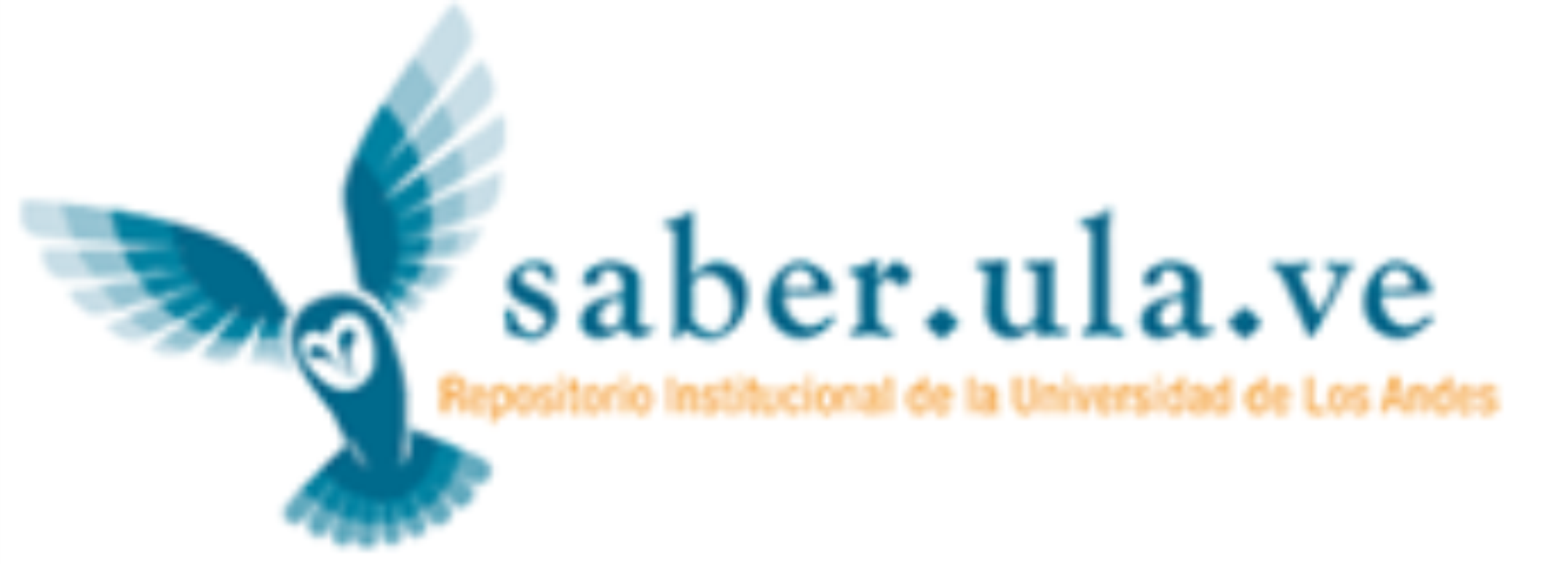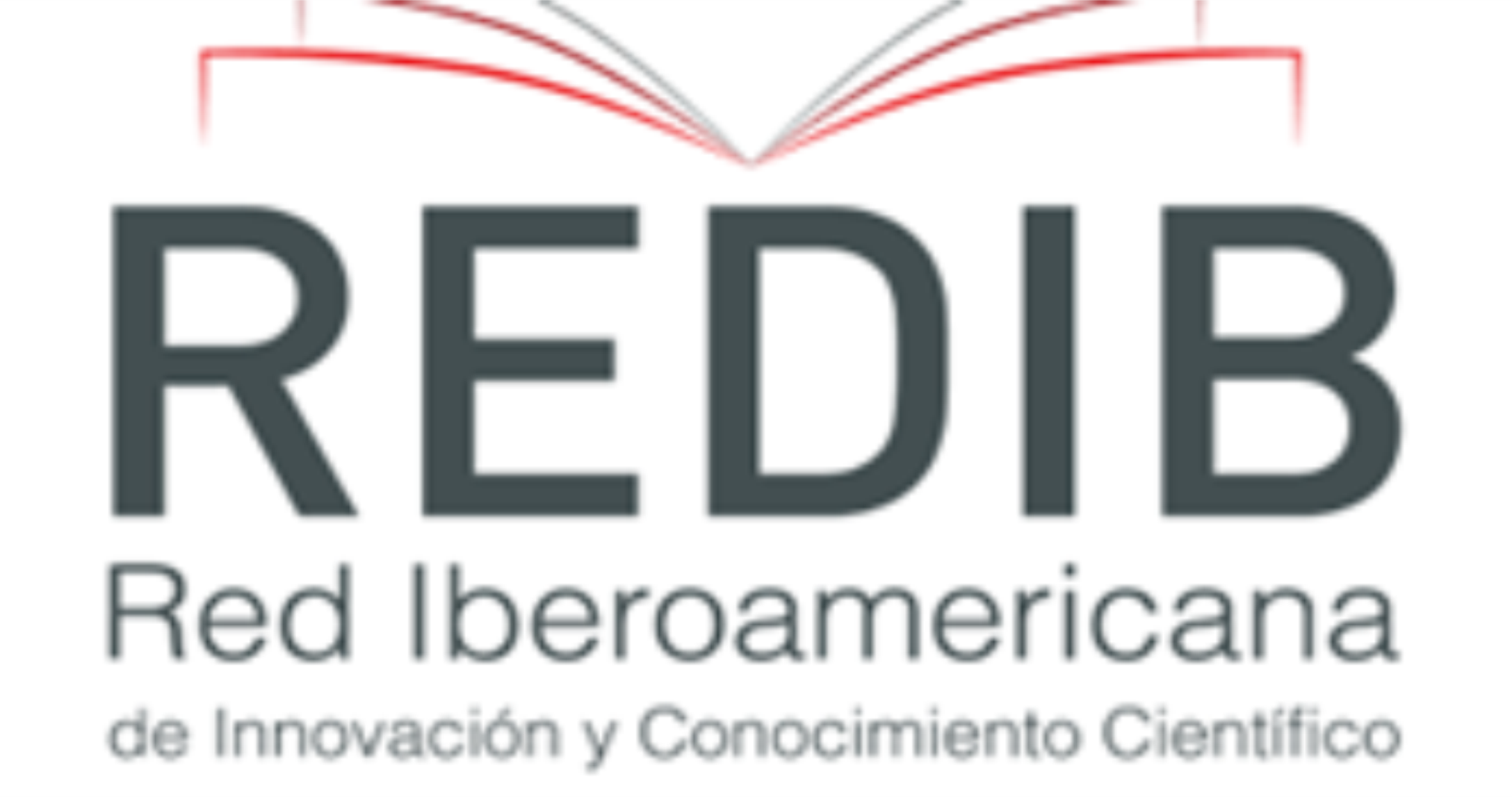CIBERLENGUAJE: FORMA DE COMUNICACIÓN, INNOVACIÓN Y COMPLEJIDAD
Keywords:
Cyberlanguage, Communication, Innovation and ComplexityAbstract
Cyberlanguage can be interpreted as a premise of global social and even cultural renewal, and that from certain perspectives opens up other possibilities of creating social links through the establishment of interpersonal communication, in such a way it is seen as a medium that promotes and facilitates a specific system of interaction, which arouses the interest of researchers from the area of psychology. Sociology, anthropology and linguists about this phenomenon due to the fact that it is postulated with great popularity, has been the focus of concern due to the effect factor that it arouses from the virtual space. Next, the article corresponds to a documentary work on cyberlanguage from the perspective of Lucía Fraca (2006), Parras and Rivas (2022), Arias, Ramos, Núñez, and Inga, (2018) and from the focus of complexity of Edgar Morín (1994). Alluding as a reflection that cyberlanguage is currently recognized as new ways of establishing an added coding to messages during virtual interactions through SMS, chat, or private messaging of social networks such as WhatsApp, Instagram, Twitter, developed in principle by adolescents who identify with this type of expressions in omission of grammatical norms, using abbreviation and symbols. This reality is interpreted by some specialists as a linguistic transgression, as it differs from the correct way of using words. In conclusion, Cyberlanguage is referred to as a social phenomenon with virtual characteristics, developer of a global linguistic change given the unified functions between contexts, not far from the reality shaped by the freedom to communicate ideas, questions, desires, needs and interests or emotions from the fluidity that this type of communication arouses.
Downloads
References
Arias, D., Ramos T., Núñez, L., y Inga, M. (2018). El ciberlenguaje juvenil universitario: Análisis de los textos de la página de Facebook “Confesiones”. Propósitos y Representaciones, 6(2), 339-405. Doi: http://dx.doi.org/10.20511/ pyr2018.v6n2.238.
Blanco, L. (2021). La disrupción como fenómeno organizacional. Año 2021, Vol. 15, No 2, Pág 51-68. [Disponible en linea: https://revistas.uclave.org/index.php/gyg.
Barrera, L. (2005). El idioma de Internet: ¿Lengua virtual o lengua virtuosa?
Balanta, N. (2008). Reseña de "La Ciberlingua: una variedad compleja de lengua en Internet" de Lucía Fraca de Barrera. Tecnura, vol. 12, núm. 23, 2008, pp. 115-116. Universidad Distrital Francisco José de Caldas. Bogotá, Colombia. [Disponible en: https://www.redalyc.org/pdf/2570/257020605014.pdf]
Fraca, L. (2006). La ciberlingua. Una variedad compleja de la lengua en Internet. Serie de libros arbitrados del Vicerrectorado de Investigación y postgrado UPEL. Caracas.
Molina, E y Gherlone, L. (2019). Ciberespacio y semiótica de la otredad. Universidad de Rosario (Argentina) Versión electrónica: designisfels.net. pág 53 - pág 62. [Disponible en]: [http://dx.doi.org/10.35659/designis.i30p53-62]
Morín, E. (1999). Los siete saberes necesarios a la educación del futuro. Organización de las Naciones Unidas para la Educación, la Ciencia y la Cultura. Traducción Mercedes Vallejo.
Morín, E. (1994). Introducción al Pensamiento Complejo. Editorial Gedisa.
Naciones Unidas (2018), La Agenda 2030 y los Objetivos de Desarrollo Sostenible: una oportunidad para América Latina y el Caribe (LC/G.2681-P/Rev.3), Santiago.
Parras, A y Rivas, A. (2022). La nueva comunicación. Creatividad e innovación en la sociedad digital. Reseñas / Liburu aipamenak / Book Reviews. pp. 375-390 [Disponible en]: https://ojs.ehu.eus/index.php/Zer/article/view/24102/21344.
Ramírez, R. (2011). Del homo sapiens al homo digitalis: las propuestas escriturales en los blogs literarios en Venezuela. Revista Arbitrada de la Facultad Experimental de Arte de la Universidad del Zulia. Maracaibo, Venezuela. Año 6 N° 11. julio – diciembre. pp. 50 – 55.
Sandia, B; Luzardo, M y Aguilar, A. (). Apropiación de las Tecnologías de Información y Comunicación como Generadoras de Innovaciones Educativas. Ciencia, Docencia y Tecnología, vol. 30, núm. 58, pp. 267-289. Universidad Nacional de Entre Ríos. [ Disponible en linea] [https://www.redalyc.org/journal/145/14560146013/html/#:~:text=Sin%20embargo%2C%20la%20rapidez%20de,con%20programas%20de%20innovaci%C3%B3n%20docente]
Torres, M. (2020). El proceso de la escritura en estudiantes adolescentes Sordos: Mensajería de texto. [Disponible en linea]: [https://sid-inico.usal.es/idocs/F8/ART11925/proceso_escritura_en_estudiantes.pdf]
Downloads
Published
How to Cite
Issue
Section
License
Copyright (c) 2025 LÍNEA IMAGINARIA

This work is licensed under a Creative Commons Attribution-NonCommercial-ShareAlike 4.0 International License.
La revista Línea Imaginaria conserva los derechos patrimoniales (copyright) de las obras publicadas, que favorece y permite la reutilización de los mismos bajo la licencia Creative Commons Atribución-NoComercial-CompartirIgual 4.0 , por lo cual se pueden copiar, usar, difundir, transmitir y exponer públicamente, siempre que se cite la autoría y fuente original de su publicación (revista, editorial, URL y DOI de la obra), no se usen para fines comerciales u onerosos y se mencione la existencia y especificaciones de esta licencia de uso. Si remezcla, transforma o crea a partir del material, debe distribuir su contribución bajo la misma licencia del original.













